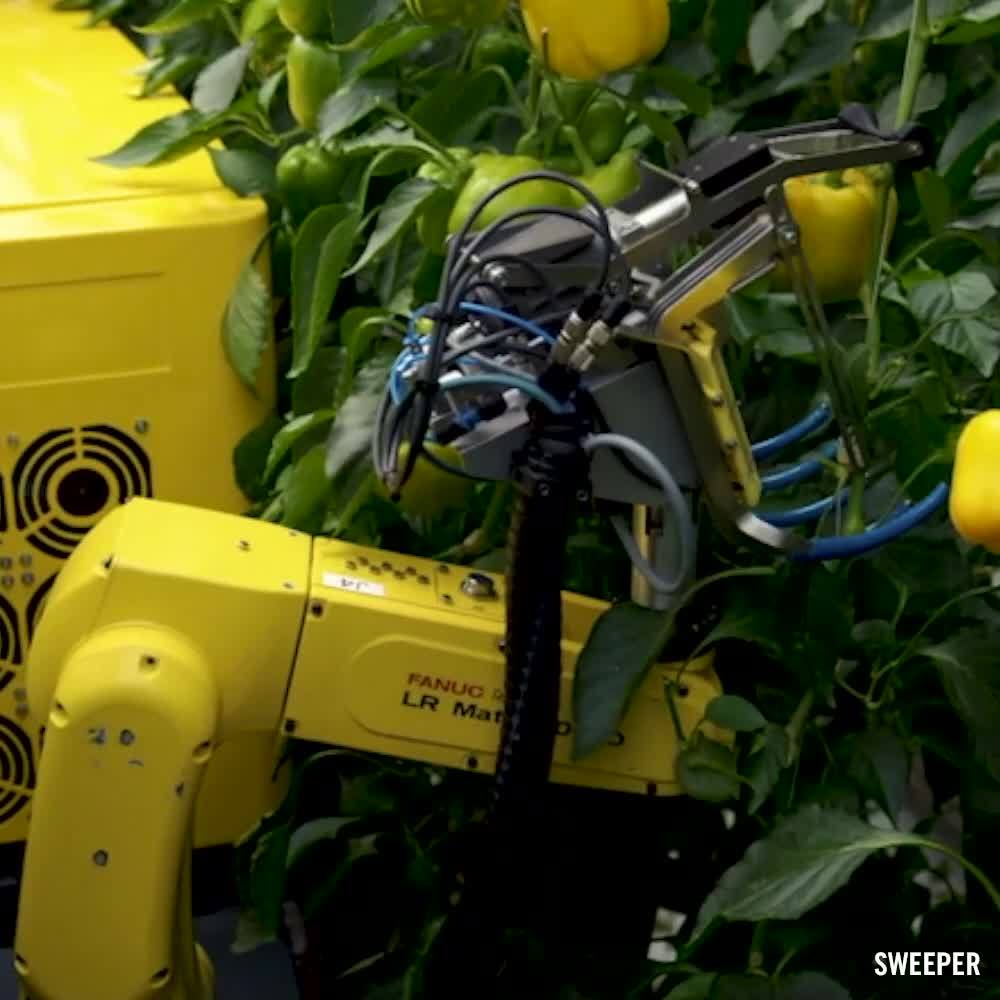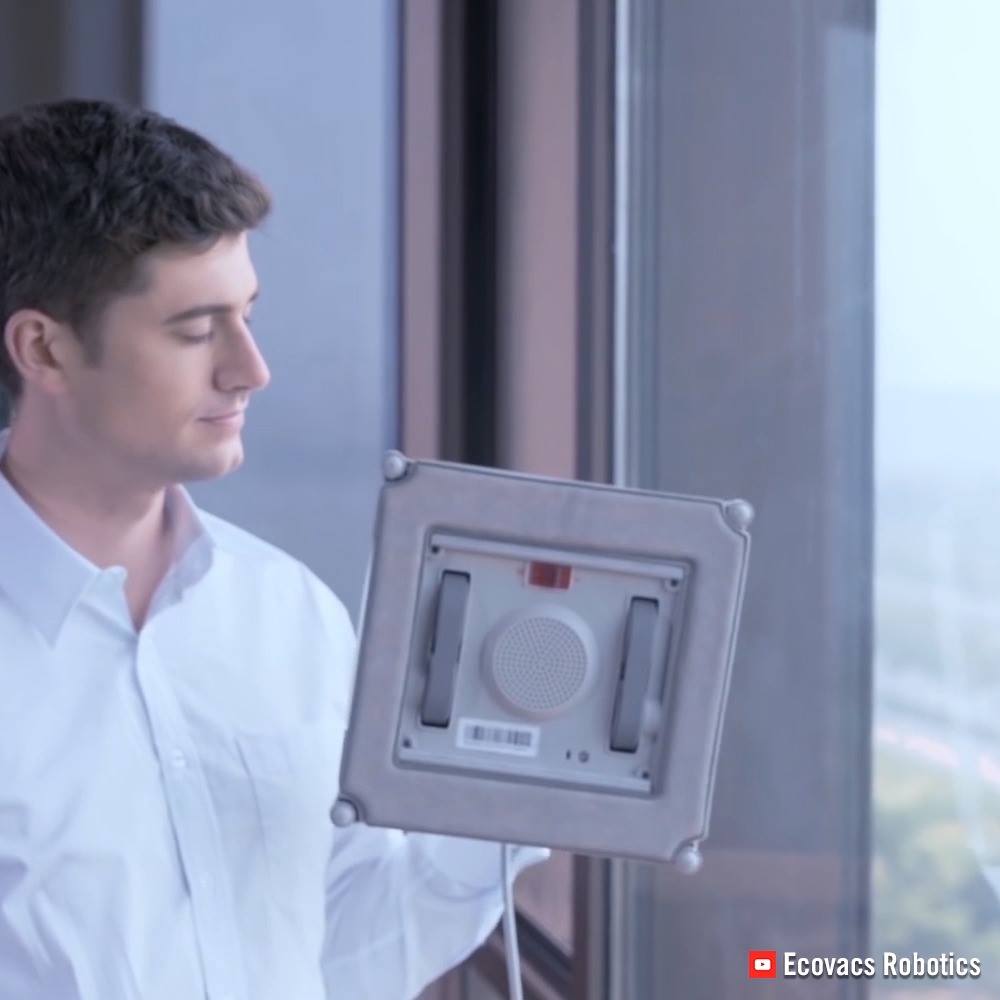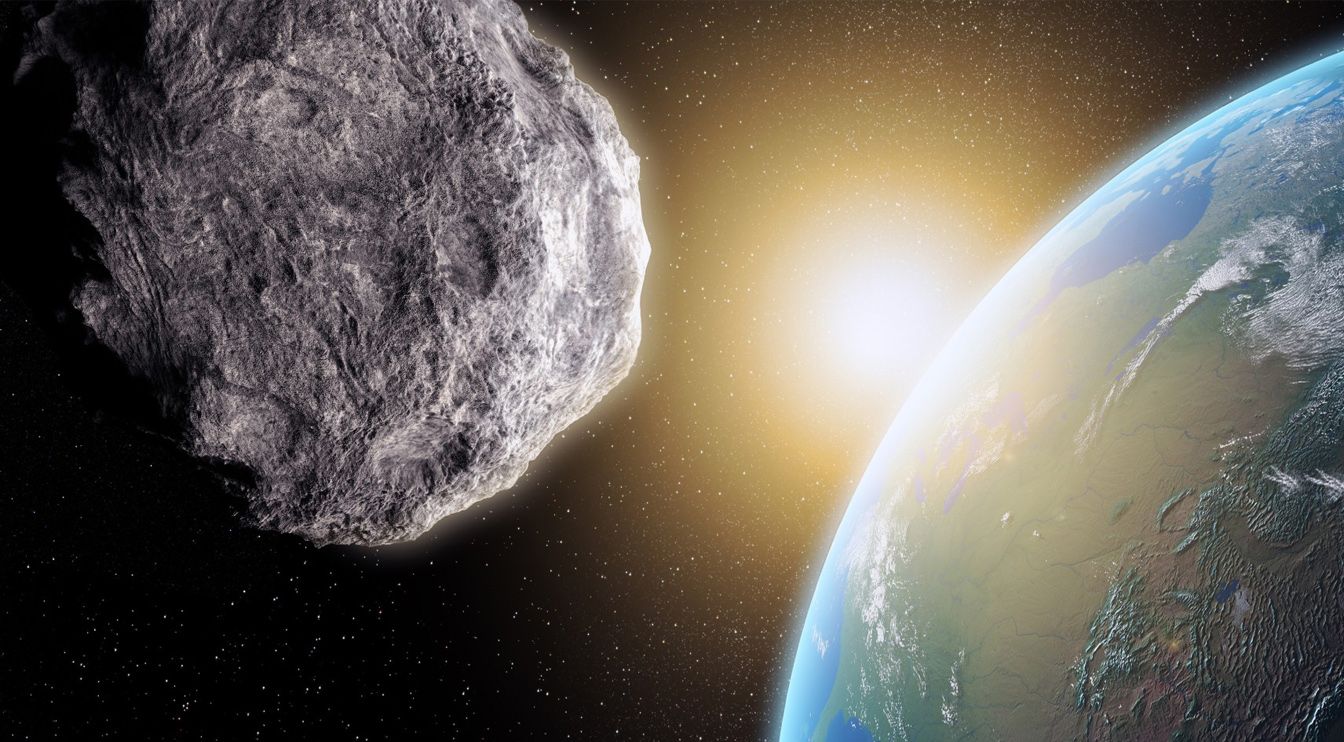Page 9318
Jul 30, 2018
Sweet Pepper-Harvesting Robot
Posted by Shailesh Prasad in categories: food, robotics/AI
Jul 30, 2018
Scientists Have Discovered an Entirely New Shape, And It Was Hiding in Your Cells
Posted by Shailesh Prasad in category: biotech/medical
Skin is your largest organ. There are about 2 square metres (22 square feet) of it enveloping you right now, and it’s not the shape we thought it was.
In fact, scientists have just discovered an entirely new geometric shape previously unknown to science or mathematics, and it looks like it’s been hiding in your skin all along. By which we mean, in epithelial cells, the building blocks of the structural tissue forming our external (and internal) skin layers.
These epithelial cells are some of the most important cells early in life, helping to build structures in developing embryos that ultimately become all our different bodily organs.
Jul 30, 2018
[1710.05796] The Cosmological Models with Jump Discontinuities
Posted by Alexei Turchin in category: futurism
Risks of sudden sigularities:
The article is dedicated to one of the most undeservedly overlooked properties of the cosmological models: the behaviour at, near and due to a jump discontinuity. It is most interesting that while the usual considerations of the cosmological dynamics deals heavily in the singularities produced by the discontinuities of the second kind (a.k.a. the essential discontinuities) of one (or more) of the physical parameters, almost no research exists to date that would turn to their natural extension/counterpart: the singularities induced by the discontinuities of the first kind (a.k.a. the jump discontinuities). It is this oversight that this article aims to amend.
Jul 30, 2018
Bioquark Inc. — Future Tech Podcast — Ira Pastor
Posted by Ira S. Pastor in categories: aging, bioengineering, biological, business, cryonics, futurism, genetics, health, neuroscience, transhumanism
Jul 30, 2018
Allevi, Made in Space team up to develop first 3D bioprinter in space
Posted by Klaus Baldauf in categories: 3D printing, bioprinting, education, space
3D bioprinting company Allevi has teamed up with California-based 3D printing and space technology firm Made In Space to develop the Allevi ZeroG – the first 3D bioprinter capable of working in low-gravity conditions.

Allevi (formerly BioBots) was founded in 2014 by University of Pennsylvania graduates Ricardo Solorzano and Daniel Cabrera. At the time, the ambitious duo set out to develop an accessible desktop bioprinting system which could be used for a wide variety of research and educational applications.
Continue reading “Allevi, Made in Space team up to develop first 3D bioprinter in space” »
Jul 30, 2018
What Comes After Silicon?
Posted by Shailesh Prasad in categories: computing, materials
Silicon is the king of the computing world. Almost all commercial integrated circuits have been based on silicon and, for the most part, on a single basic process called complementary metal oxide (CMOS).
But the end of silicon may be in sight. Even industry giant IBM acknowledges that silicon’s days are numbered. But why? And what’s going to replace it?
There is a whole raft of new materials and partial replacements for silicon in the offing. But I could have written that very sentence two decades ago—maybe even as far back as 1980. Yet silicon remains dominant.
Jul 30, 2018
A Moon For All Mankind
Posted by Klaus Baldauf in categories: bioengineering, space travel, virtual reality
Few in life get to walk on the Moon. Samsung says, do what you can’t. Working with creative agency Iris and engineering experts Mannetron, Framestore proudly joined Samsung’s mission to bring space travel to all, in the approach to the 50th anniversary of the first lunar landing. ‘A Moon For All Mankind’ is the world’s first lunar gravity simulation VR experience, created in collaboration with NASA Johnson Space Center (JSC), using the Samsung Gear VR and a custom-built rig. Having launched under embargo at the 2018 Winter Olympics and at Mobile World Congress, July sees the experience land publicly at Samsung 837, in New York City.
Jul 30, 2018
Chinese Scientists Want to Capture a Small Asteroid and Land it on Earth
Posted by Shailesh Prasad in categories: robotics/AI, space
Space agencies have successfully studied asteroid and comets up close on several occasions, but capturing one for mining is also in the works. A group of Chinese scientists is looking to go a step further. Their ambitious plan involves not just capturing an asteroid, but bringing it down to the surface of Earth for study and mining.
This does sound pretty crazy on the face of it, but researchers from the National Space Science Center of the Chinese Academy of Sciences say it’s feasible. Researcher Li Mingtao and his team presented the idea at a conference to explore ideas for future technology in Shenzhen. Li says that the mission could focus on asteroids that cross Earth’s orbit, which could make them a potential hazard in the future. The Chinese plan could turn a hazard into a new source of rare materials.
The asteroids targeted by this project would be on the small side — probably just a few hundred tons. The first step is to send a fleet of small robotic probes to intercept the space rock. Then, they would deploy a “bag” of some sort that covers the asteroid, allowing the robots to slowly alter its course and steer it back to Earth.
Continue reading “Chinese Scientists Want to Capture a Small Asteroid and Land it on Earth” »
















